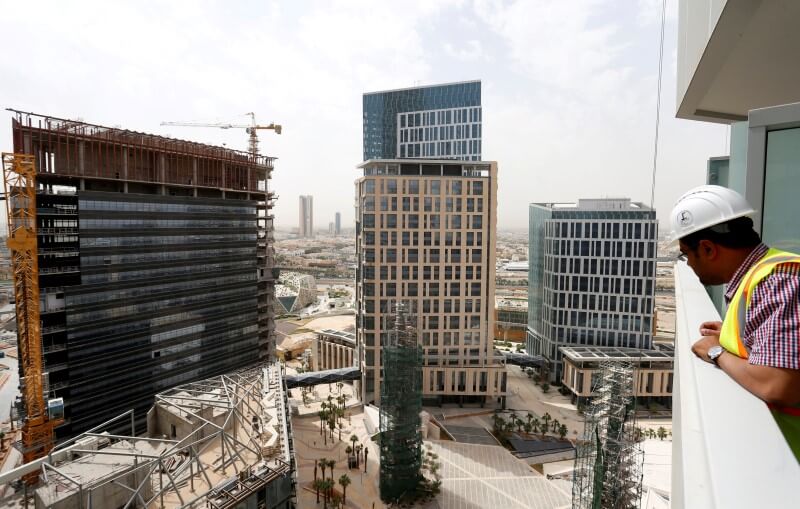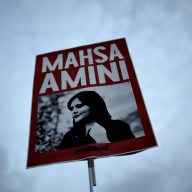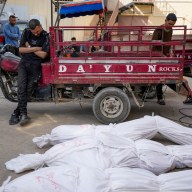By Andrew Torchia
DUBAI (Reuters) – Saudi Arabia’s economy expanded at its slowest rate in three years during the first quarter of 2016 as low oil prices forced the government to cut spending and raise costs for industry, official data showed on Sunday. Some analysts said the data pointed to a risk of growth in the world’s top oil exporter slowing to near zero this year, which would be its worst performance since the global financial crisis of 2009. Gross domestic product, adjusted for inflation, grew 1.5 percent from a year earlier between January and March, down from a revised growth rate of 1.8 percent in the fourth quarter of 2015, the state statistics office said. It was the slowest growth since 0.3 percent in the first quarter of 2013. The oil sector expanded 5.1 percent in the first quarter of this year as the world’s biggest oil exporter increased its production of crude and exported more refined products.
But the non-oil sector shrank 0.7 percent, its worst performance in at least five years. This may be a source of concern to Saudi policy makers because an ambitious reform plan to help the economy cope with an era of cheap oil, announced last month, assumes rapid growth in non-oil businesses. Last December, to curb an annual budget deficit of nearly $100 billion caused by slumping oil revenues, the government announced cuts in spending and energy subsidies. Officials have said there will be more austerity steps in coming years. “The important thing to remember is that austerity will be a multi-year process. There will be more measures in the next few years and these will continue to keep growth subdued,” said Monica Malik, chief economist at Abu Dhabi Commercial Bank. Within the non-oil part of the economy, the private sector grew just 0.2 percent in the first quarter while the government sector shrank 2.6 percent, the official data showed.
The weakness of the non-oil sector was partly due to the fact that the first quarter of 2015 was unusually strong; in January that year, King Salman awarded public employees two months’ extra salary to mark his accession to the throne. But the fourth-quarter 2015 growth rate of 1.8 percent was revised down sharply from an original estimate of 3.6 percent. That points to the possibility of a similar revision for the first-quarter figures. Malik said ADCB was cutting its Saudi GDP growth forecast for the whole of this year to a drop of 0.1 percent, from a previous prediction of 0.5 percent growth.
She noted that while private sector and non-oil activity could pick up slightly from the second quarter of this year, partly because there were signs that the government was paying some of its outstanding bills to private firms, oil output was not continuing to rise significantly year-on-year. If the economy slows excessively, the government still has the option of spending more to stimulate growth; the central bank holds $573 billion of net foreign assets, and Riyadh has begun borrowing abroad this year to finance some expenditure. But if it eases up on its austerity program too much it may increase pressure on the Saudi riyal’s peg against the U.S. dollar, fuelling concern among some foreign investors about the long-term sustainability of its economy. In a report released late last month, London-based Capital Economics said it was expecting growth of between zero and 0.5 percent this year.
“Further ahead, as the fiscal squeeze continues, we think the economy is likely to remain weak for the foreseeable future.”
(Reporting by Andrew Torchia; Editing by Hugh Lawson)
Saudi first-quarter economic growth slowest in three years, may near zero this year

By Andrew Torchia
















